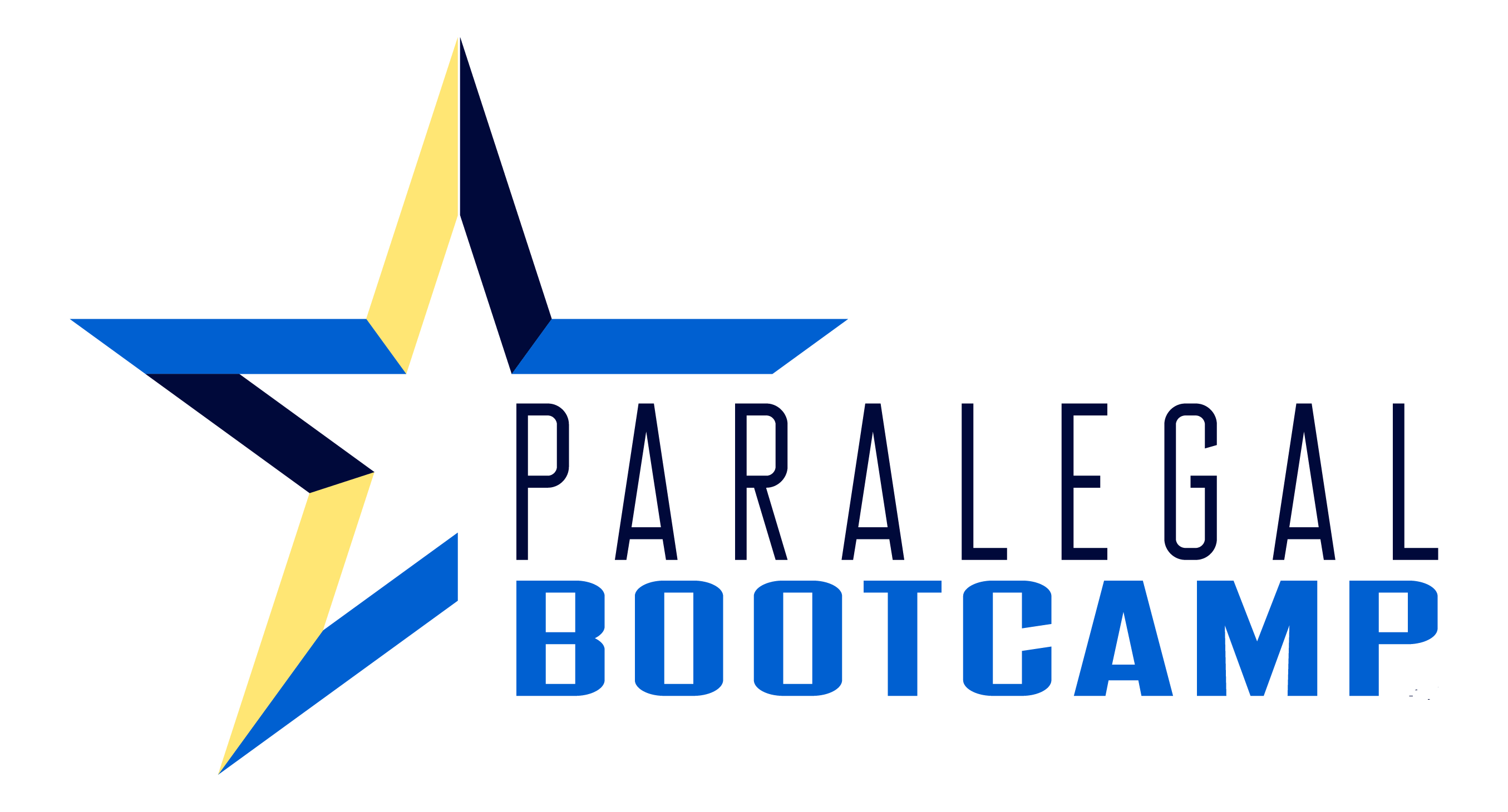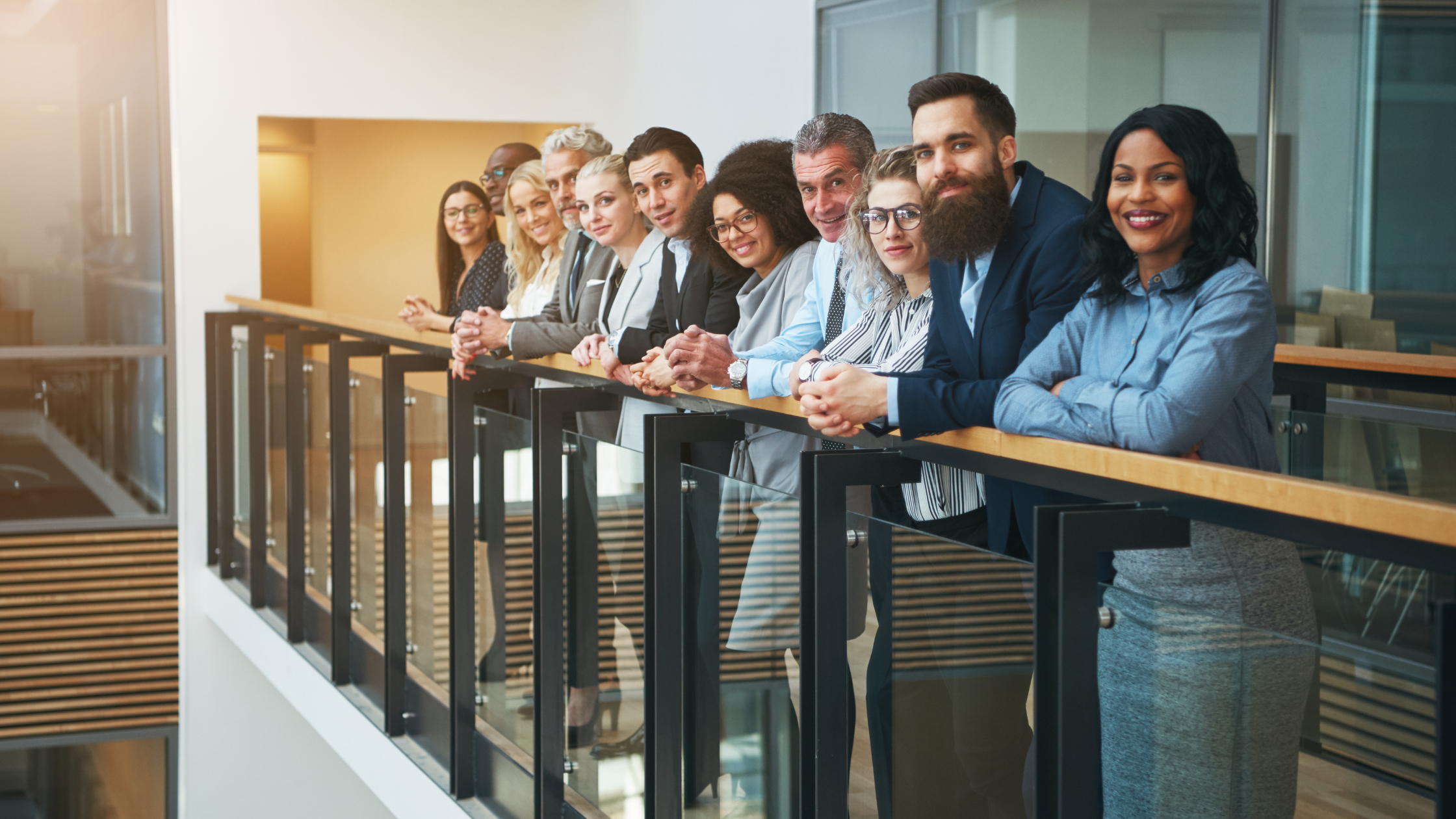In this week’s podcast episode, Linda Odermott gave us so much data on paralegal licensing that we are dedicating this blog article to all of the information that she shared.
If you prefer to listen to it, you can do that over on the podcast episode page. Here is the text from that episode so that you can visit all of the resources and articles that she cited in the episode.
Why is paralegal licensing an important issue?
According to the ABA, “By some estimates, each year 30 million people in the U.S. are forced to tackle civil legal problems on their own, and in two-thirds of all civil cases, at least one party goes to court without a lawyer.”[1]
In a report published by IAALS, the Institute for the Advancement of the American Legal System at the University of Denver, titled the Landscape of Allied Legal Professional Programs in the United States,[2] IAALS outlines American’s need for programs that help address the access to justice crisis in our nation.
Allied Legal Professionals is IAALS’ preferred term, uniting all of the titles given to various licensed paralegal designees. IAALS points to a national 2021 joint study – Justice Needs and Satisfaction in the United States of America (published by IAALS and The Hague Institute for Innovation of Law or HiiL) that noted two-thirds of Americans faced at least one legal issue in the past four years. And of those who experienced issues, 46% either did not expect it to be resolved in the future or believed it had been resolved unfairly.
In a 2018 Pew Research Center study, less than half of all U.S. households sought relief in court for a legal issue they experienced that year, and those that did seek relief, largely did so on without assistance.
These studies reveal that over 70% of civil and family law cases have one or more parties represent themselves, and in some jurisdictions over 90% of eviction and debt-collection cases have self-represented defendants.
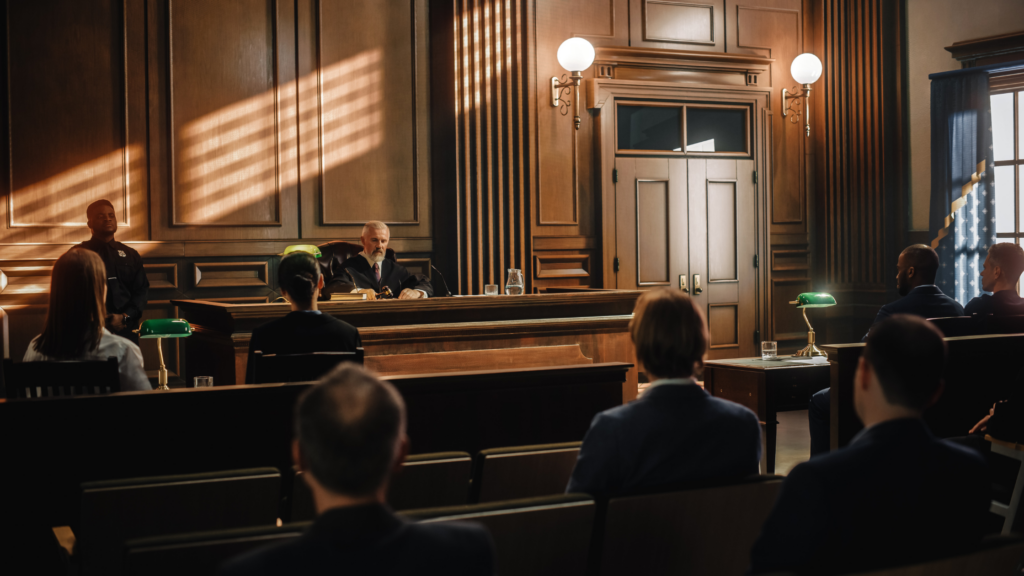
Numbers from the local jurisdictions
Many jurisdictions have completed their own analysis of the Access to Justice crisis through the use of civil legal needs assessments and surveys of their residents. Their results support the claim that Americans are not getting their legal needs met.
We find one such example in Oregon where the Oregon Law Foundation completed the Barriers to Justice: A 2018 study measuring the civil legal needs of low-income Oregonians[3], which found that 75% of the Oregonians surveyed live in a home where they experienced a legal problem in the last year; the typical low-income household in Oregon experienced 5.4 legal problems in the last 12 months; and 84% of people those who had a legal problem did not receive any legal help for their problems. The reasons for this disparity can vary, but regardless, the problem persists.
Another example is from North Carolina’s 2020 report; In Pursuit of Justice: An Assessment of the Civil Legal Needs of North Carolina[4]. A legal services provider was quoted within the report as saying, “there isn’t capacity to serve everyone.” Surprisingly, among those listed in the Report as having “unmet legal needs” are middle class or mid-level income clients, who are often excluded or shut out due to income ineligibility.
"Middle-income group of 200% to 400% of the federal poverty level, folks who do not qualify for legal aid but also cannot pay a $10,000 retainer … they’re out of luck."
- Legal Services Attorney
The participants of that survey also some of the reasons they could not access legal services included:
👉 91.2% perceived costs
👉 25.5% lengthy process
👉 16.3% unimportant to a lawyer
👉 13.4% missed workdays
In fact, according to one of the Legal Services’ Attorney:
“That one day loss of a paycheck could be the thing that keeps them from being able to eat for that month.”
Those were only two examples, but with your own sleuthing, you can find Justice Gap Reports for Arizona, Arkansas, California, Connecticut, Idaho, Kansas, Kentucky, Nevada, New Hampshire, New Jersey, New York, Ohio, Utah, Washington, Wisconsin, well, you get the picture.
That is a lot of numbers and percentages, but this lack of access to legal help isn’t really news, right? We are not surprised by it because we already knew this has been a huge problem for a long time, and that this access gap (or crisis) disproportionately impacts our most vulnerable populations the most.
Why are things changing now?
Why are all of these jurisdictions deciding to change things up now? To try something different, today than they have done for decades? Great question, and there is no one deciding factor that pushed this issue forward, because the problem is large and complex.
It is as if conditions had to be just right to create an access to justice “perfect storm.” A number of issues bubbled to the surface at the same time which prompted those in the position to make decisions to be more receptive to proposals for change. After all, we have had basically the same legal system in place since the beginning.
One such issue that bubbled to the surface is the prevalence of jurisdictions beginning to analyze whether their citizens legal needs were being met, as we just discussed.
Judges were also on the front line, seeing firsthand how people were not getting their legal needs met, the increasing numbers of pro se litigants appearing in their court rooms, the clogging of court dockets & calendars, as well as the amount of extra time they were spending trying to educate pro se litigants about their rights and the legal process.

You are invited to our FREE Litigation Paralegal Workshop
If you’re a new litigation paralegal, our Litigation Paralegal Blueprint: 3 Cornerstones to Fast-Track Your Success workshop will help you discover what’s possible in your paralegal career.
Sign up to watch instantly and learn how you can shorten the learning curve and start feeling more confident today.
Law school enrollments down
Still another bubble is enrollment in law schools is trending downwards, so we are not generating enough new attorneys to fill the void created by those who do transfer out of the practice of law or retire. “Compared to the peak in JD enrollment in 2010 with 147,525 students, overall JD enrollment was down 20.8% in 2023.”[5] Additionally, many law school graduates face crushing student loan debt after completing law school, and many cannot find entry level attorney jobs that will pay enough to not only cover their loan payments but also provide a decent wage.
Shortage of public attorneys
Additionally, we have a shortage of attorneys who serve the public. Many attorneys now work as in-house counsel for corporations, or they work for government agencies, or they work for big law representing corporations; leaving the individual with no one willing or able to represent them.
Attorneys heading into retirement age
Another bubble, is that we have an attorney population that skews towards older with the median age around 45 and:
“…Of the more than 1.3 million lawyers in the United States Nearly 14% of all lawyers – that’s roughly 1 in 7 – are 65 or older.”[6]
And though the US Bureau of Labor & Industry projects around 39,100 job postings each year over the next decade each, many of those openings are expected to result from the need to replace those attorneys who transfer to different occupations or exit the labor force when they retire[7]..
Legal deserts
In addition to reasons I just described, we also have large, rural areas throughout the country known as legal deserts, where there are little to no legal services available. In an article titled, Legal deserts threaten justice for all in rural America, ABA President, Judy-Perry Martinez stated,
Nearly every state in the nation has large stretches of rural areas and counties with few lawyers in them – or no lawyers at all. In fact, rural residents are disproportionately poor, and many are forced to travel long distances to find lawyers to handle routine matters that affect their everyday lives, such as wills, divorces and minor criminal and civil cases. [8]
To reinforce this point, of those 1.3 million lawyers I called out earlier, “1 in 4 are in just two states (New York and California).”[9]
Cost of hiring an attorney
Attorneys have also priced themselves out of the market for providing services to low- or middle-class folks. And of course, legal aid and pro bono services cannot keep up with the demand this created, no matter how much is budgeted to support these programs. And many referred to these pro bono programs do not qualify for their services anyway. Further, according to Gillian Hadfield, a law professor and economist:
It would cost roughly $70 billion to provide just one hour of legal help to all the households in America currently facing legal problems. And relying on pro bono work alone is just as unrealistic. If every lawyer in the country did 100 hours more of pro bono work on top of the pro bono work they already do, this would provide just 30 minutes of legal help per dispute-related problem per household[10].
Enter the paralegal licensing solution
In addition to the sea of issues I just highlighted, in June 2012, the Washington Supreme Court entered an Order adopting Admission to Practice Rule 28, Limited Practice Rule for Limited License Legal Technicians. This was a game-changer.
This new rule authorized a new group of legal service providers, Limited License Legal Technicians (or LLLTs) to practice in a limited scope in family law matters. This was not only considered revolutionary, but it also served as a catalyst for other states to begin altering their unauthorized practice of law rules and allow this new tier of legal services providers to perform limited services in discrete areas of the law.
This new profession is now known by many different names: like Limited Licensed Legal Technicians or LLLTs in Washington, Licensed Paralegals, Legal Technicians. In fact, there are so many different programs with different titles for these new legal professionals, as I mentioned earlier, IAALS has coined the phrase Allied Legal Professionals (ALPs)[11] as an umbrella for these type of programs.
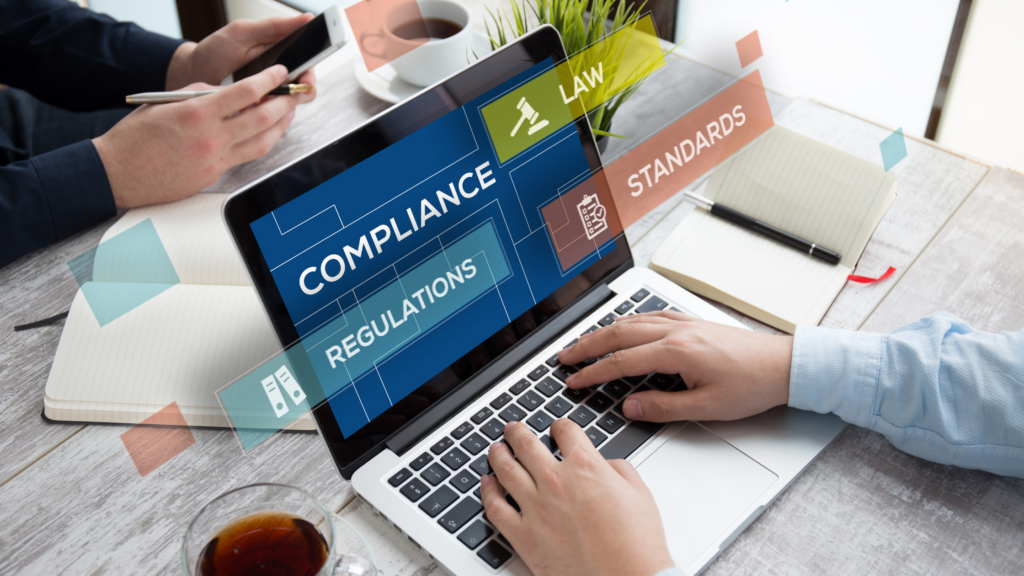
Other organizations have created different advocacy programs since then. In the Upsolve case in New York[12], a nonprofit organization implemented a training program for their volunteer employees to provide free legal advice to their clients on debt collection matters. They then sued the attorney general based on a first amendment right to free speech claim in order to continue the program and provide free legal advice.
In New York City in 2014, the Court Navigator Program[13] was created where specially trained professionals [ not attorneys], provide general information, written materials, and one-on-one assistance to self-represented litigants in landlord-tenant and consumer-debt cases.
Some Bar associations and judiciaries are also implementing other legal reforms such as: amending admissions and licensing rules to address legal deserts and increase the attorney population; some are allowing internships as an alternative to traditional law school attendance, others, portfolio submissions that replace bar admissions exams; changing the rules to allow outside investment in law firms and legal services, or allowing the use of legal apps to provide templates or use AI to complete legal documents. According to the University of Denver’s Institute for the Advancement of the American Legal System, states including Alaska, California, Illinois, Connecticut, Florida, Michigan, New Hampshire, New Mexico, New York, Oregon, Virginia and Washington, and Washington, D.C., have explored innovations or regulatory reforms in recent years.
Conclusion
I did say it was complicated, right? But though I will not be able to touch on every factor affecting the legal system today, it is a very interesting and exciting time to be in the legal profession. We will use every episode to dive deeper into some of these changes.
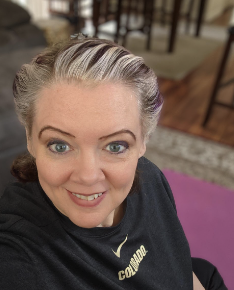
Meet the Author
Linda Odermott, RP and Oregon Certified Paralegal has extensive experience working on access to justice initiatives and regulation reforms, particularly in licensed paralegal programs, including:
- OSB (Oregon State Bar) Legal Technician Task Force (2013 – 2015)
- OSB Licensing Paraprofessionals Working Group, Futures Task Force, and Regulation Committee (2016 – 2018)
- Chair of the Admissions & Education Workgroup of the OSB Paraprofessional Licensing Implementation Committee
- Member of OSB Committee of Paralegal Assessors
Footnotes
[1] https://www.abajournal.com/web/article/when-it-comes-to-deregulation-of-the-legal-industry-divisions-run-deep
[2] https://iaals.du.edu/sites/default/files/documents/publications/landscape_allied_legal_professionals.pdf
[3] https://oregonlawfoundation.org/lns/
[4] https://ncequaljusticealliance.org/assessment/
[5] https://www.lawhub.org/trends/enrollment?trk=public_post_comment-text
[6] https://www.abalegalprofile.com/demographics.html
[7] https://www.bls.gov/ooh/legal/lawyers.htm
[8] https://www.americanbar.org/news/abanews/aba-news-archives/2020/08/legal-deserts-threaten-justice/
[9] https://www.abalegalprofile.com/demographics.html
[10] Gillian K. Hadfield & Jamie Heine, Life in the Law-Thick World: The Legal Resource Landscape for Ordinary Americans, USC L. LEGAL STUD. PAPER NO. 15-2, 37 (2015), https://papers.ssrn.com/sol3/papers.cfm?abstract_id=2547664, reprinted in BEYOND ELITE LAW: ACCESS TO CIVIL JUSTICE IN AMERICA 21-52 (Samuel Estreicher & Joy Radice eds., Cambridge Univ. Press 2016)
[11] https://iaals.du.edu/projects/allied-legal-professionals
[12] Complaint at 2, Upsolve, Inc. & Rev. John Udo-Okon v. Letitia James, No. 1:22-cv-00627 (S.D.N.Y. 2022).
[13] https://www.nycourts.gov/courts/nyc/housing/rap.shtml
